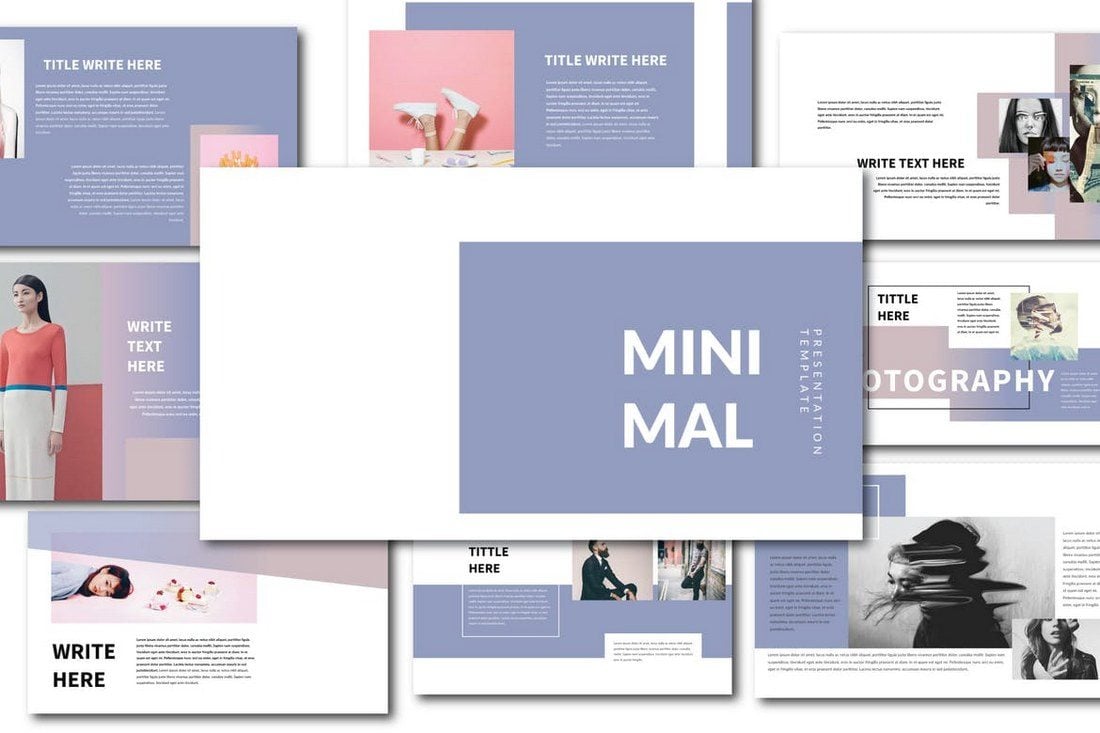

Below, we’ve included some of our favorite ones. This icon will reveal a vertical list of interesting slide layouts based on what your slides already have on them.ĭon't have any content on your slides yet? You can easily shuffle this vertical list of slide design ideas by clicking various themes inside the color carousel to the far left of the Design Ideas icon, as shown below:Īs you browse and select from the themes shown above, the Design Ideas pane to the right will interpret them and come up with layouts. Then, on the far right side, you'll see the following options:Ĭlick the "Design Ideas" option under this Design tab, as shown in the screenshot above. To find these suggestions, open PowerPoint and click the "Design" tab in your top navigation bar.

In PowerPoint 2016 and later, PowerPoint is filled with interesting boilerplate designs you can start with. This can help you keep up with the latest trends in presentation design. Luckily, new versions of PowerPoint actually suggest ideas for you based on the content you're presenting. It's impossible for us to tell you which design ideas you should go after in your next PowerPoint, because, well, we don't know what the goal of your presentation is. Otherwise, it’ll be distracting to the audience and may potentially cause more questions than answers. Make sure you contextualize those visuals by explaining verbally why that image is there. Take advantage of that by including graphs, photos, and illustrations that can help you build upon your point while keeping your audience’s interest.

And it’s been proven that the human brain is wired to process visuals much faster than words. A cohesive color palette uses complementary and analogous colors to draw the audience’s attention, emphasize certain aspects, and deemphasize bits of information that the audience might not need at a certain point in time.Īn image does speak more than words. It’s worth reviewing color theory when creating your next PowerPoint presentation. You can use them tastefully and sparingly to emphasize a point or bring attention to a certain part of an image. That said, you don’t have to eliminate them all. A good PowerPoint presentation keeps the focus on your argument by keeping animations and transitions to a minimum.


 0 kommentar(er)
0 kommentar(er)
